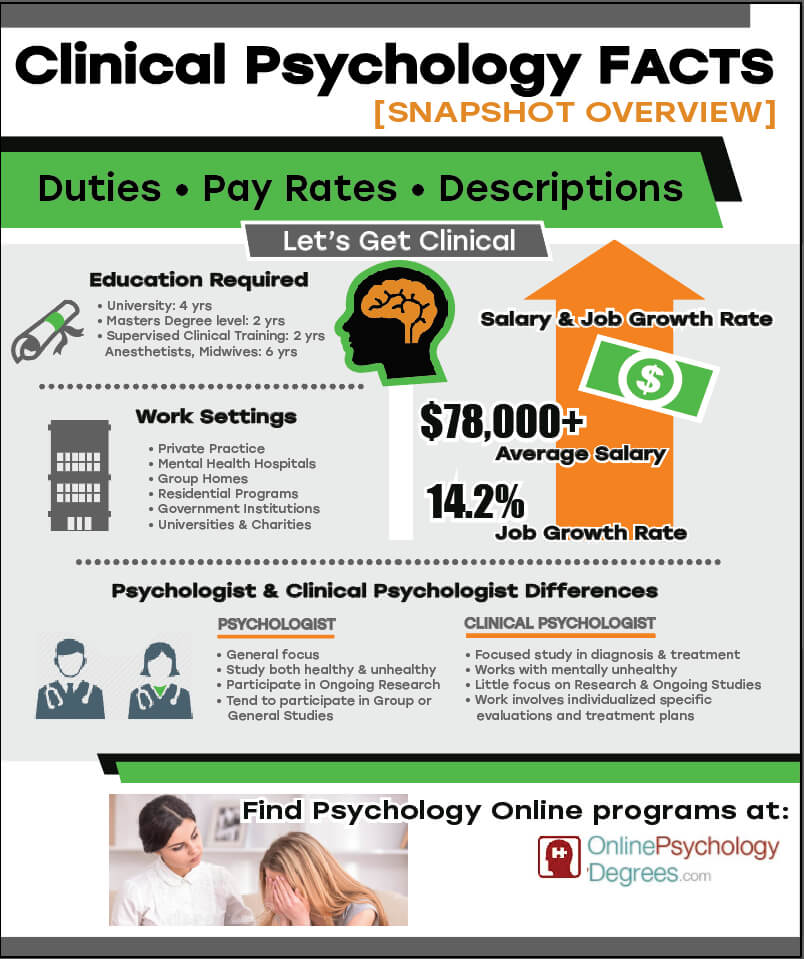What Is Pure O Purely Obsessive Ocd
What Is Pure O Purely Obsessive Ocd
Blog Article
What Types of Treatment For PTSD Are Available?
Therapy for PTSD aids you learn to handle your signs and symptoms and restore control of your life. It can include dental medications or speak treatments. Psychotherapy, or talk treatment, is one of the most typical therapy for PTSD. It can happen one-on-one or in a group setup.
Symptoms of PTSD can range from being quickly stunned to preventing tasks and individuals. These signs and symptoms can additionally influence member of the family and youngsters.
Cognitive behavior modification (CBT).
CBT concentrates on transforming negative patterns of assuming and behavior that might be triggering PTSD signs. This treatment is usually temporary and client-centered, with the specialist and customer establishing treatment goals with each other. CBT has actually been revealed to minimize PTSD signs in a number of scientific trials utilizing clinician-administered and self-report steps of PTSD. These outcomes are mediated mainly by modifications in maladaptive cognitive distortions, with some research studies reporting physiological, functional neuroimaging, and electroencephalographic adjustments associating with feedback to CBT.
TF-CBT utilizes psychoeducation and imaginal direct exposure to instruct clients how to far better manage emotions and deal with their traumas. This treatment has actually likewise been shown to enhance PTSD symptoms in kids and teenagers.
Eye movement desensitization and reprocessing (EMDR).
EMDR is an evidence-based therapy that works by aiding individuals procedure trauma using flexible data processing. It can be used by itself or with various other treatments. It has been shown to be effective in treating PTSD. EMDR is widely made use of worldwide.
It starts with history-taking and a collaborative therapy strategy. During this stage, you will discuss the factor you are seeking treatment and identify traumatic memories you wish to concentrate on. The specialist will likewise teach you strategies to manage any type of hard or upsetting feelings that might occur throughout a session.
During the recycling phase, you will remember a traumatic memory while paying attention to a back-and-forth motion or audio (like your service provider's hand crossing your face) till the negative pictures, ideas, and feelings connected with it start to diminish.
Somatic experiencing.
A therapist that focuses on this strategy will aid you become aware of the physical feelings that accompany your PTSD signs and symptoms. They'll also teach you exactly how to recognize your autonomic nervous system and its function in the injury response.
Unlike other injury treatments, somatic experiencing doesn't focus on memories or emotions. Rather, specialists work to release the tension from your body and relieve your signs.
This therapy has been found reliable in a number of randomized controlled tests. Nonetheless, the arise from these studies are limited by small sample dimensions and various other technical shortages. These shortcomings limit the outside credibility of these searchings for.
Present-centered treatment.
Present-centered treatment (PCT) is a non-trauma focused psychotherapy that intends to improve patients' relationships, impart hope and optimism, and promote analytical. While PCT does not have direct exposure and cognitive restructuring strategies of trauma-focused treatments, it has been shown to be as effective in reducing PTSD symptoms as trauma-focused CBTs.
In a series of eleven research studies, PCT was contrasted to a delay listing or marginal call control problem and to TF-CBT. PCT transcended to the WL/MA problems in lowering self-reported PTSD signs and symptoms at post-treatment, and it was related to lowered therapy failure prices. Nonetheless, the result dimension was not large sufficient to be medically meaningful.
Reflection.
Reflection aids individuals relax their nerve systems and method self-care. This treatment focuses on the physical feeling of breathing, and people may get sidetracked by ideas or feelings, however it is very important to return their emphasis to the breath time and again.
PTSD influences not just those that have actually directly experienced the trauma, but also witnesses and those who work with emergency situation -responders or law enforcement. Signs of PTSD can consist of intrusive, distressing memories, recalls or headaches, and problem concentrating or resting.
Avoiding uncomfortable memories and feelings is a common response to injury, however it only makes symptoms how to get mental health help without insurance even worse. It is very important to look for treatment before PTSD hinders your life and partnerships.
Double diagnosis treatment.
Signs and symptoms of co-occurring PTSD and compound utilize disorder (SUD) are often connected and both should be dealt with in recovery. Individuals who experience PTSD can be more likely to turn to alcohol or medicines to self-medicate and momentarily minimize intrusive ideas, flashbacks and negative state of mind swings.
PTSD signs include recurring and uncontrolled upsetting memories or desires, brilliant and dissociative reactions that seem like experiencing again the event, staying clear of locations, people, discussions, or items associated with the injury, feelings of hypervigilance and being constantly on guard or quickly surprised, and feelings of psychological feeling numb.
Dual medical diagnosis treatment entails treatment and learning much healthier coping mechanisms. It might also entail pharmacotherapy, such as antidepressants or mood stabilizers.